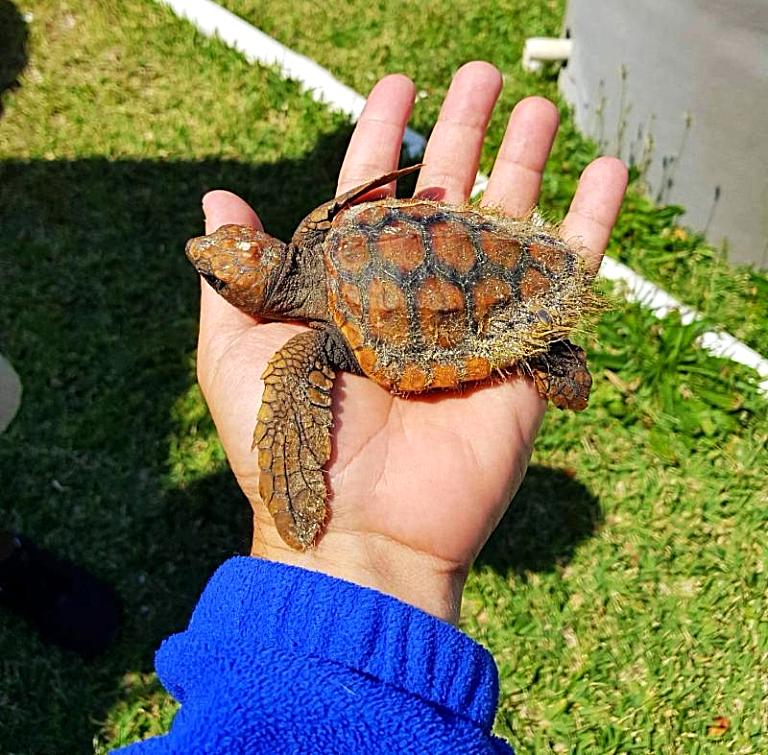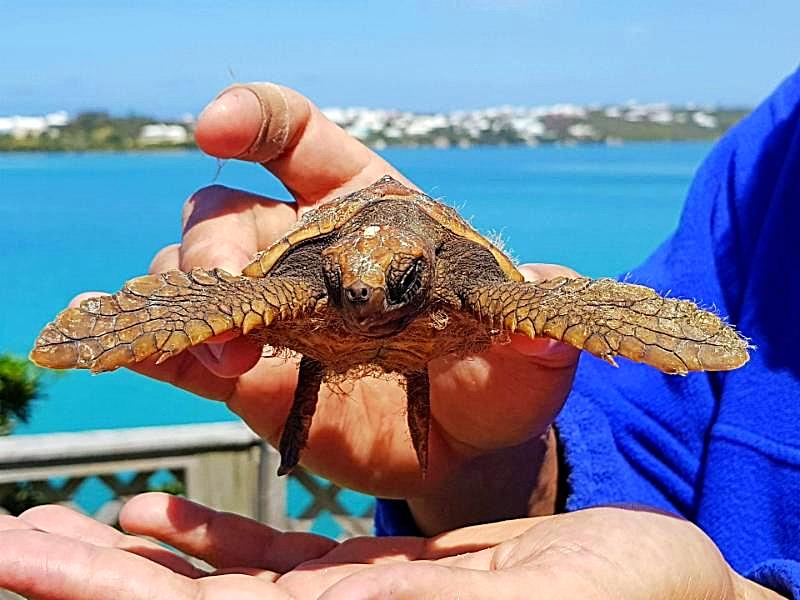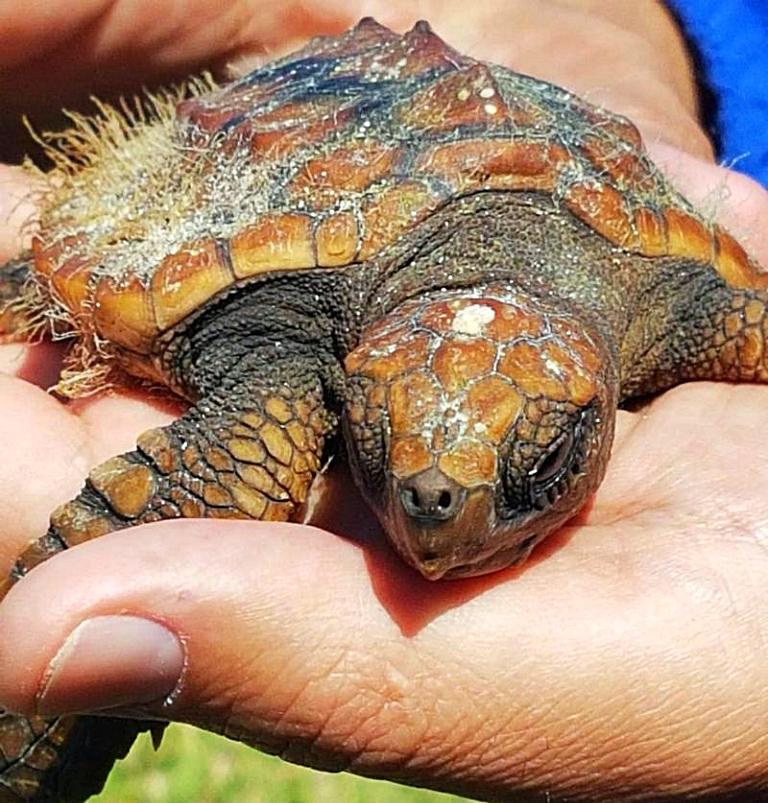Recent News
BIOS Scientist To Work With Ocean Tech ProjectFriday, August 05, 2016
A global marine research project designed to justify marine protected areas worldwide is set to launch in Bermuda next spring and will include the expertise of BIOS coral reef scientist Gretchen Goodbody-Gringley.
Daisy heads towards the Bahamas
Thursday, August 04, 2016
An endangered turtle rescued by fisherman off North Shore with a rusting hook caught in its trachea has left the island’s waters and is now swimming towards the Bahamas.
Subs exploring local waters
Sunday, July 31, 2016
Bermuda’s deep sea waters are being studied with submersibles by the international Nekton ocean exploration team, as part of Nekton’s XL Catlin Deep Ocean Survey.
Video: Nekton Mission’s First Submersible Dive
Tuesday, July 26, 2016
Nekton’s first deep ocean scientific research mission, which is sponsored by re/insurer XL Catlin and in partnership with the Bermuda Government’s Ministry of the Environment, launched off the coast of Bermuda this week, with the action caught on camera.
Ocean Scientific Research Mission To Launch
Tuesday, July 19, 2016
Nekton’s first deep ocean scientific research mission — sponsored by re/insurer XL Catlin and partnering with the Bermuda Government’s Ministry of the Environment — is preparing to launch off the coast of Bermuda this week.
About
GovernanceAbout Us
Newsletter
Latest News
Gift & Bookstore
Contact
General Inquiries
info@bzs.bm
Latest News
All the latest updates and news from the Bermuda Aquarium, Museum, and Zoo, one of Bermuda's leading visitor attractions!
Excerpt from WILD News May 2018

This is Sheldon, a juvenile loggerhead turtle. Between December and March juvenile sea turtles (loggerheads, hawksbills and green sea turtles) will be swept up past Bermuda as they drift with their transient home of Sargassum. Sargassum is brown algae found in the Atlantic Ocean that forms dense floating masses called rafts which provide shelter, transport and food for many organisms. During this stage of their life (post hatchling), turtles are carried around with the currents. The Sargassum provides food such shrimp, tiny crabs and fish. Sea turtles eat whatever floats by and this often gets them into trouble. The Sargasso Sea is located in the North Atlantic Gyre and collects lots of microplastics. Sea turtles are not picky eaters and may eat the plastics This can cause an impaction of their digestive tract which can be life-threatening.


As they pass by Bermuda, they may be washed ashore by a winter storm or get picked up by birds that later drop them. As a result, these little critters can end up on one of our beaches or dropped amongst the rocks. The Wildlife Rehabilitation Department at BAMZ sees one or two post hatchling sea turtles a year. These post hatchlings are three to four inches in length and tend to be thin and exhausted from their journey. Because of their tiny size, they may have sustained injuries from predator attacks. We monitor them and give them time to rest and regain strength. Any injuries are treated and an appropriate amount of time is given to heal. We wait until the water warms up and we see large rafts of Sargassum returning offshore (May or June) before releasing them. By this time they have grown six to eight inches long. The release is done offshore so they can pick up the currents under a Sargassum raft and continue on their ocean journey. They will return to Bermuda again in 3-4 years as they move from their pelagic lifestyle to the reef shelf.

The current juvenile loggerhead was found on the beach at Willowbank on March 30, 2018. It appears healthy and is gaining weight. We hope to get it back out to the big blue in the near future. Note the tank it is currently in is actually the perfect spot for it at the moment. It would normally be in the open ocean all day in a vast sea of blue, and only given shelter by a Sargassum raft. The blue background is exactly what it would be seeing in the wild. Also, we can't tell the sex of the turtle at this age without a blood sample, so the sex remains unknown.



